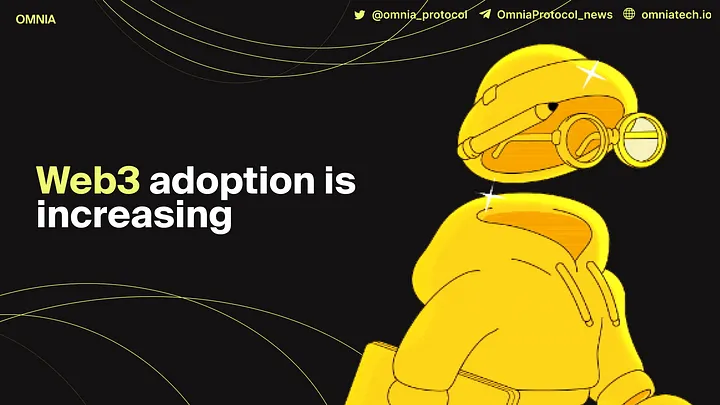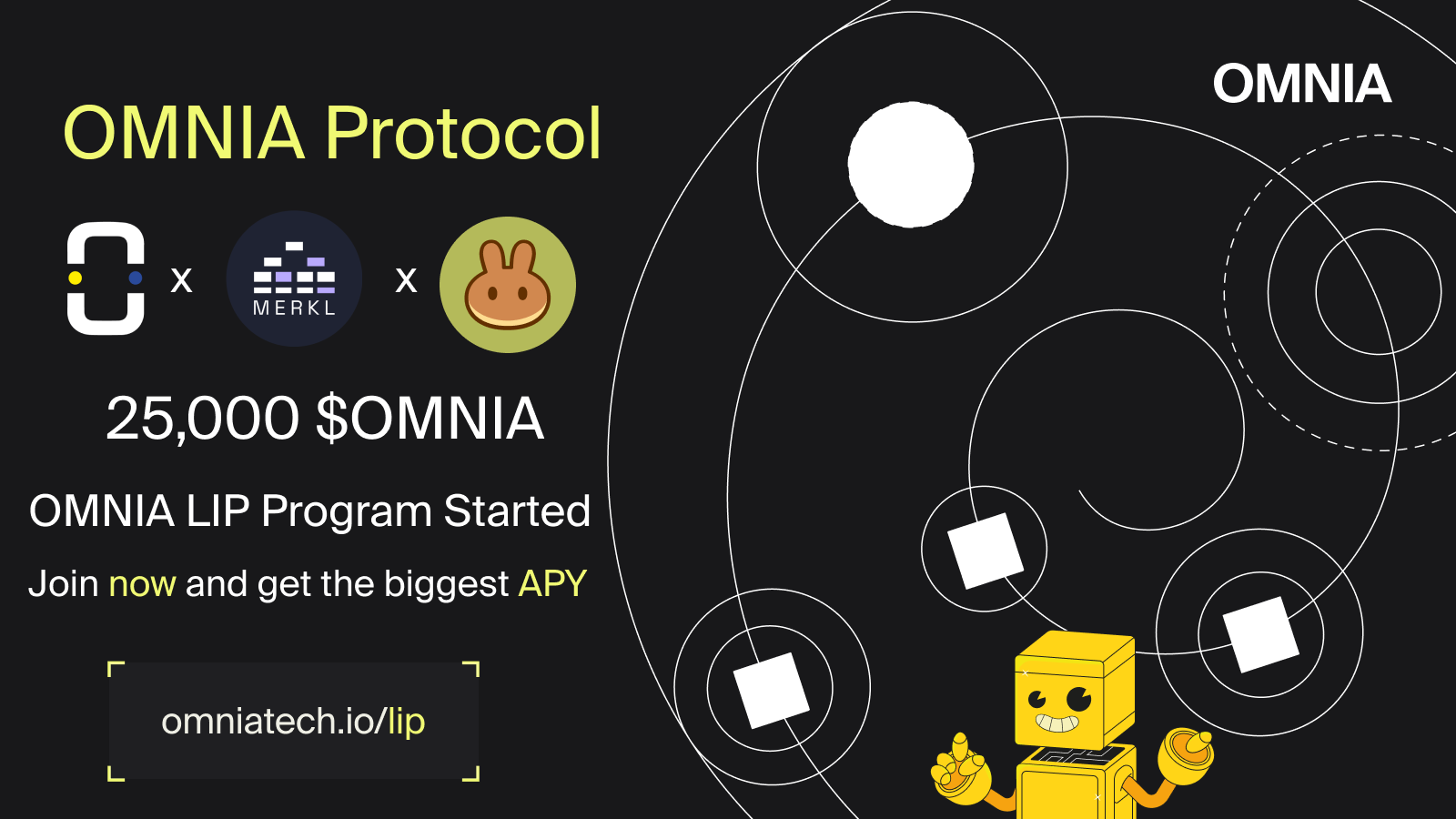
Increasing Web3 Adoption
The concept of Web3, its adoption rate, and what the future holds has been the subject of discussion by the mainstream media, analysts, and internet community members for close to a decade now. But before diving deep into the topic of Web3 adoption, it is worth digging into the history of the internet to get a proper grasp on how the industry as a whole got to where it is today.
A Brief History of the Internet and How it Got to Web3
Unbeknownst to many, the internet existed as far back as the 1960s, when government researchers used it to share information. But the internet as we know it is in its fourth decade of evolution, having officially been born in 1983 after TCP/IP (Transfer Control Protocol/Internetwork Protocol) was established.
Along the way, the internet has metamorphosized through the three phases commonly known as Web 1.0, Web 2.0, and Web 3.0.
Source: www.mdpi.com/futureinternet
Web 1.0 (the 1980s to 2000) is often referred to as the first stage of the internet and was characterized by static web pages, custom pages built by companies to target a specific audience, and banner marketing. Content creators hardly existed, and access to the internet was very expensive.
Web 2.0 (2000 to 2010 and continues today) was when the term ‘World Wide Web’ was coined, and internet access became less expensive, leading to its end users finally becoming content creators. User-to-user interaction had been born, and so were the social media platforms of Facebook, youtube, and Twitter.
Web 3.0 (2010 and above) is where we are today with A.I infused mobile phone applications, 3D graphics, and blockchain technology. Concerning the latter, Web 3.0 incorporates the concepts of decentralization, token-based economics, and the monetization of digital content.
Blockchain and Crypto are Forecasted to hit 1 billion Users by 2026/27
The blockchain and cryptocurrency space has seen rapid growth since Bitcoin was launched in 2009, leading some analysts and observers to conclude that it is following the adoption rate of the internet in the 90s.
For example, in late 2021, crypto community member Lark Davis tweeted a chart highlighting the growth of users on Coinbase between 2014 and late 2021. He had gone on to superimpose the graph with one showing the number of internet users from 1990 to 1998.
The two graphs seemed indistinguishable, and if the internet adoption rate was used as a guide to predict crypto and blockchain adoption, the latter industry could have 1 billion users in the next five years: 2026–2027.
Similarly, popular Bitcoin analyst, Willy Woo, had in early 2021, also pointed out that Bitcoin had roughly the same users as the internet did in 1997. He also added that global Bitcoin users could hit 1 billion people in the next four years, the equivalent of internet users in 2005.
We are Still in the Early Stages of Web3
Thus, it can be concluded that the internet adoption curve is a suitable method of measuring where Web3 is headed.
Additionally and using Willy Woo’s analysis that the current Bitcoin adoption rate is similar to that of the internet in 2005, it can also be said that we are still early in the game by roughly 17 to 20 years.
At the time of writing, roughly 5 billion people use the internet compared to an estimated 70 million in 1997. Doing the math, the use of digital assets and Web3 could very well grow by a factor of 70x in the next 17 years to reach the current 5 billion internet users.
CryptoKitties Probably Accelerated the Growth of Web3
It is often said that ‘snowballs get bigger and move faster as they roll down a hill.’ This statement fits like a glove to describe the adoption rates of both the early internet and Web3.
It was not too long ago (2017) that CryptoKitties made headlines for congesting the Ethereum network and causing ETH gas fees to skyrocket over demand for the virtual cats. Five years later, the popularity of Non-fungible Tokens (NFTs) has grown in a manner similar to the snowball effect mentioned above, and everyone is talking about them, if not creating or trading the digital collectibles.
Institutions are Jumping onto the NFT Bandwagon
This year, in particular, NFTs have captured the world by storm as projects such as CryptoPunks, MeeBits, DeGods, and Bored Ape Yacht Club, just to name a few, have caught the attention of retail traders, celebrities, athletes, and even traditional institutions and businesses.
Last week, Starbucks announced that it would soon enter the Web3 space by launching its own NFT collection aimed at creating a digital ‘third place’ where its community members could feel at home while at the same time connecting over coffee.
Starbucks has acknowledged that Web3 technologies such as NFTs can help the company better connect with younger people. Furthermore, NFTs ‘could also provide a way to create incremental traffic and revenue, not only in terms of retail but also incremental revenue as a result of its own business.’
Other mainstream companies that have embraced NFTs and Web3 technologies, or are planning to do so, include Instagram, the global investment manager of VanEck, the NBA, Time Magazine, Adidas, Lamborghini, Gucci, Samsung, Pepsi, McDonald’s, and even Playboy Magazine.
Decentralized Finance is Also Attracting Institutions
Institutional involvement in Web3 is also not limited to NFTs, as such entities have also embraced decentralized finance.
Recently, the DeFi protocol of Aave launched a permissioned lending and liquidity service, Aave Arc, tailor-made for institutions to participate in regulation-compliant decentralized finance. At its launch, Aave Arc had 30 entities in its whitelist, including Anubi Digital, Canvas Digital, CoinShares, GSR, and crypto yield aggregator Celsius.
Similarly, in late April 2022, the crypto custody company of Fireblocks started supporting DeFi on Terra (LUNA) as the first and only platform to provide institutional-grade access to Dapps on the specific blockchain. At the time of the official announcement by Fireblocks, $0.5 billion had been transferred into DeFi on Terra by the entities mentioned above, with half of the amount, $250 million, being deployed in the first 72 hours.
Another instance of institutions embracing Web3 is Tesla which closed a $7.8 million financing round funded through MakerVault. The latter is ‘a core component of the Marker Protocol, which facilitates the generation of DAI against locked up Collateral.’ The funds raised will pay for a new Tesla repair and collision center.
OMNIA’s Purpose in the Web3 Universe
As mentioned earlier, Web3 is in its early stages of adoption. There still exists the proverbial chaos and security issues that challenge the internet today, as was the case during its various stages of evolution (Web 1.0, Web 2.0, and Web 3.0).
Users of Web3 have often found themselves being the victims of hacks (such as the one on Axie Infinity) and frontrunning on decentralized exchanges and during NFT trading. Such attacks have led Web3 users to start pondering about their off-chain and on-chain privacy.
The OMNIA Protocol is a decentralized infrastructure protocol that helps prevent single points of failure on the blockchain by optimizing privacy and rewarding its infrastructure providers. The protocol offers privacy to its users and increases the durability of its network by incentivizing node operators to run the necessary infrastructure needed.
OMNIA utilizes mixnets and private mempools to provide off-chain privacy, thus protecting its users against frontrunning and other types of attacks brought about by the leakage of personal off-chain information such as IP addresses and transactional metadata.


